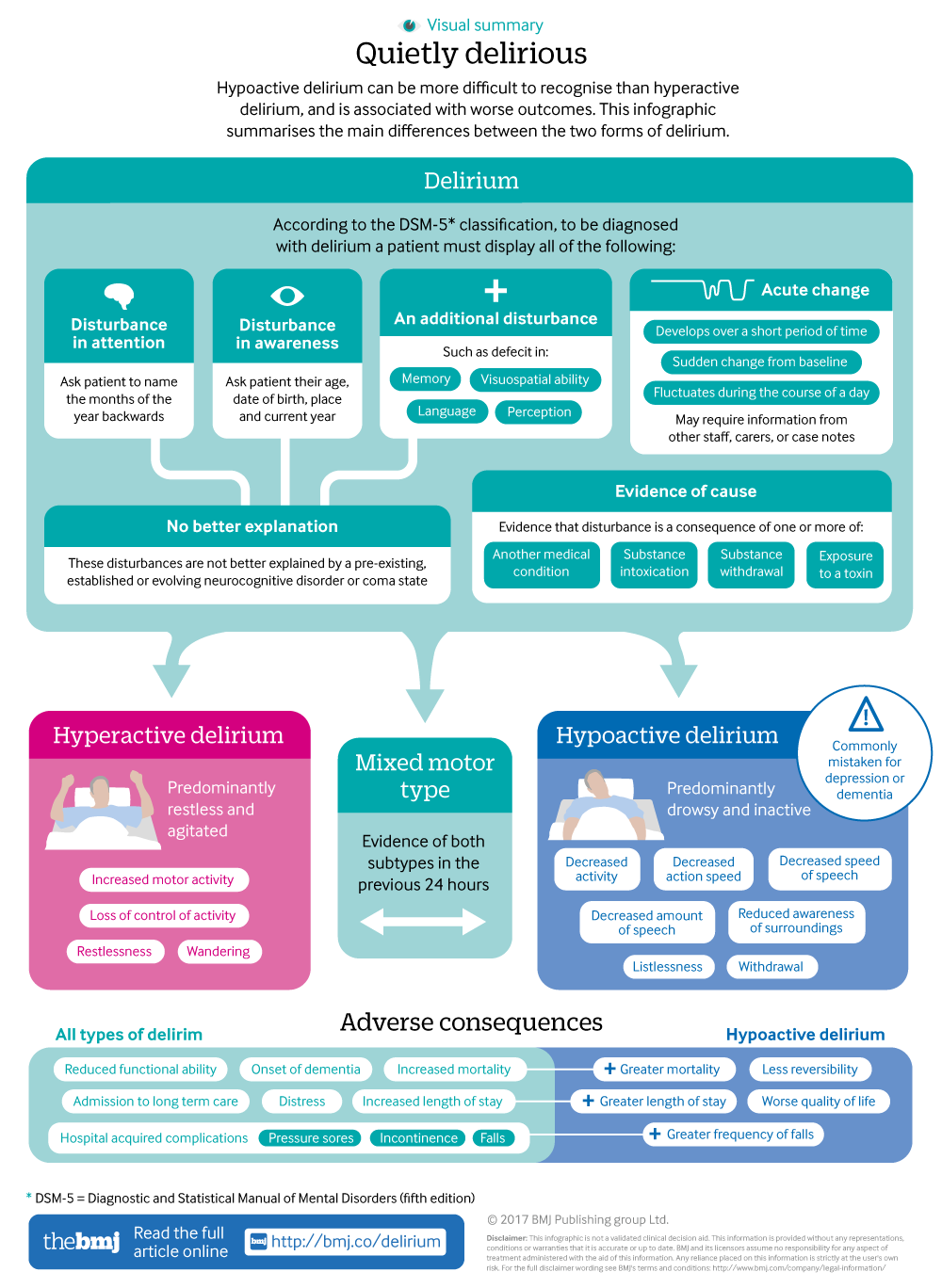How To Support A Loved One In Addiction Recovery
How To Support A Loved One In Addiction Recovery
Blog Article
How Do Mood Stabilizers Work?
State of mind stabilizers aid to soothe locations of the brain that are affected by bipolar disorder. These medications are most reliable when they are taken regularly.
It may take a while to discover the appropriate medication that works finest for you and your medical professional will certainly monitor your condition throughout therapy. This will certainly entail routine blood examinations and potentially an adjustment in your prescription.
Natural chemical law
Natural chemicals are a group of chemicals that control each other in healthy and balanced individuals. When degrees become unbalanced, this can cause mood disorders like depression, stress and anxiety and mania. Mood stabilizers aid to stop these episodes by helping regulate the balance of these chemicals in the brain. They likewise might be made use of alongside antidepressants to improve their performance.
Drugs that function as mood stabilizers include lithium, anticonvulsants and antipsychotics. Lithium is maybe the most well known of these drugs and works by impacting the flow of salt via nerve and muscular tissue cells. It is most often utilized to deal with bipolar illness, yet it can additionally be helpful in treating various other state of mind problems. Anticonvulsants such as valproate, lamotrigine and carbamazepine are also efficient state of mind maintaining drugs.
It can take some time to discover the ideal sort of medicine and dose for each and every individual. It's important to work with your doctor and engage in an open discussion concerning just how the drug is working for you. This can be especially valuable if you're experiencing any type of adverse effects.
Ion network inflection
Ion networks are a significant target of state of mind stabilizers and several various other medications. It is now well established that they are dynamic entities that can be modulated by a range of outside stimuli. Furthermore, the modulation of these channels can have a range of temporal impacts. At one extreme, modifications in gating dynamics might be quick and instant, as in the nicotinic acetylcholine receptor/channel system. At the various other end of the range, covalent adjustment by protein phosphorylation may cause modifications in network feature that last much longer.
The field of ion channel inflection is getting in a duration of maturation. Recent studies have actually shown that transcranial concentrated ultrasound (United States) can promote neurons by activating mechanosensitive potassium and sodium channels installed within the cell membrane layer. This was shown by revealed channels from the two-pore domain potassium family members in Xenopus oocytes, and concentrated US significantly modulated the existing streaming through these channels at a holding voltage of -70 mV (right panel, loved one effect). The results follow previous observations revealing that antidepressants affecting Kv channels manage glia-neuron communications to contrary depressive-like behaviors.
Neuroprotection
State of mind stabilizers, like lithium, valproic acid (VPA), and carbamazepine, are necessary in the therapy of bipolar disorder, which is characterized by recurrent episodes of mania and clinical depression. These medications have neuroprotective and anti-apoptotic homes that help to prevent mobile damages, and they mental health services also boost mobile resilience and plasticity in dysfunctional synapses and neural wiring.
These safety actions of state of mind stabilizers might be mediated by their restraint of GSK-3, inositol signaling, and HDAC activity. Furthermore, lasting lithium treatment protects versus glutamate excitotoxicity in cultured neurons-- a version for neurodegenerative conditions.
Studies of the molecular and mobile effects of state of mind stabilizers have revealed that these medications have a variety of intracellular targets, consisting of multiple kinases and receptors, in addition to epigenetic modifications. Refresher course is needed to establish if mood stabilizers have neurotrophic/neuroprotective activities that are cell type or circuitry details, and exactly how these effects might complement the rapid-acting healing reaction of these representatives. This will aid to establish brand-new, quicker acting, more efficient treatments for psychological illnesses.
Intracellular signaling
Cell signaling is the procedure through which cells interact with their setting and other cells. It entails a sequence of action in which ligands communicate with membrane-associated receptors and bring about activation of intracellular pathways that manage vital downstream mobile functions.
State of mind stabilizers act on intracellular signaling with the activation of serine-threonine healthy protein kinases, resulting in the phosphorylation of substratum proteins. This triggers signaling waterfalls, resulting in adjustments in gene expression and mobile function.
Numerous state of mind stabilizers (including lithium, valproate and lamotrigine) target intracellular signaling paths by inhibiting certain phosphatases or turning on particular kinases. These results cause a reduction in the task of these pathways, which causes a decrease in the synthesis of certain chemicals that can influence the brain and result in signs and symptoms of depression or mania.
Some state of mind stabilizers additionally work by improving the task of the inhibitory natural chemical gamma-aminobutryic acid (GABA). This boosts the GABAergic transmission in the brain and minimizes neural activity, thus generating a calming impact.